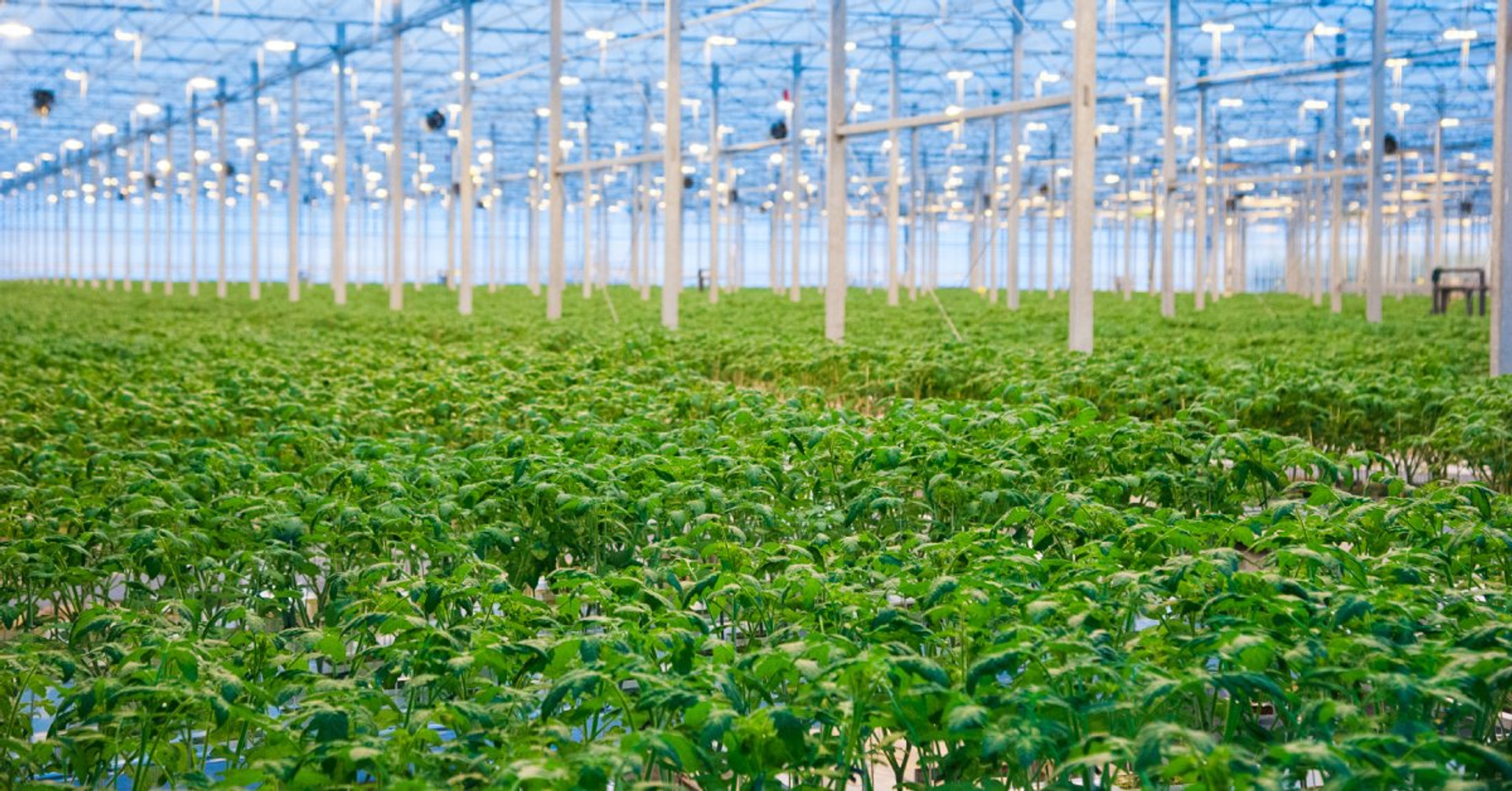How Specialty Gases Can Be Used for Indoor Agriculture
Growers operating in enclosed agricultural systems must balance environmental inputs to sustain optimal plant development. Unlike open-field cultivation, sealed growing environments depend on targeted interventions to correct nutrient access, humidity drift, and metabolic gas imbalance.
Specialty gases offer technical solutions for those needing accurate control of photosynthesis rates, atmospheric sterility, and root oxygenation. Each application of gas serves a unique phase of indoor plant development, requiring consistent measurement and high-purity supply to remain effective.
Carbon Dioxide Enhances Photosynthetic Efficiency
Tightly sealed grow rooms frequently experience a drop in ambient carbon dioxide during peak transpiration, which directly limits photosynthesis. Controlled CO₂ injection offsets that deficit and stimulates biomass production, especially during vegetative growth stages. Optimizing this process demands precise gas concentration and dispersal across varied canopy heights.
Growers who integrate carbon dioxide injection systems typically rely on certified CO₂ sources for purity and dosing consistency. One way specialty gases can be used for indoor agriculture is to deliver plant-stage-specific CO₂ levels without relying on ambient airflow. By regulating input levels across growth phases, operators increase cycle efficiency and improve yield predictability.
Oxygen Application Supports Root-Zone Health
Oxygen deprivation within root systems leads to nutrient absorption issues, microbial imbalance, and stagnated root expansion. Water-based systems such as hydroponics and aquaponics require steady oxygen injection to maintain aerobic activity in the root zone. Fluctuations in dissolved oxygen levels introduce instability, especially during nutrient dosing or rapid root development.
To maintain balance, growers may calibrate oxygen dosing equipment using traceable standards and regularly verify delivery rates across water loops. One way specialty gases can be used for indoor agriculture is for stabilizing root-zone oxygen levels, which directly impacts nitrate uptake and enzymatic function. Precise delivery helps prevent biological crashes and preserves growth momentum across multiple cycles.
Controlled Gases Maintain Sterility During Propagation
Propagation areas present unique contamination risks since tissue cultures, clones, and seedlings are highly vulnerable to airborne bacteria and mold. Nitrogen and ozone gases create sterile microenvironments by displacing reactive oxygen or disrupting pathogen viability. This approach eliminates surface-level contaminants while preserving delicate plant tissue integrity.
Instead of using harsh surface sterilizers, some operators rotate sterilizing gas cycles through isolated propagation zones. Specialty gases can be used for indoor agriculture in this way to maintain clean atmospheric conditions during early-stage growth. Creating sterile grow-start conditions lowers rejection rates and improves rooting success.
Calibration Gases Keep Environmental Sensors Accurate
Automation systems that control temperature, gas levels, and lighting depend entirely on accurate sensor feedback. Without regular recalibration, drift in sensor output leads to compounding environmental errors, wasted resources, and inconsistent results. Precision gas blends calibrated to specific concentration ranges anchor these systems in data integrity.
MESA Specialty Gas works with growers seeking accurate calibration of environmental controls and safety devices. As a specialty gas supplier, we help facilities protect plant consistency by delivering traceable purity, flexible packaging, and reliable turnaround. Connect with MESA Specialty Gas today to access calibration gases made for high-performance agricultural environments.

